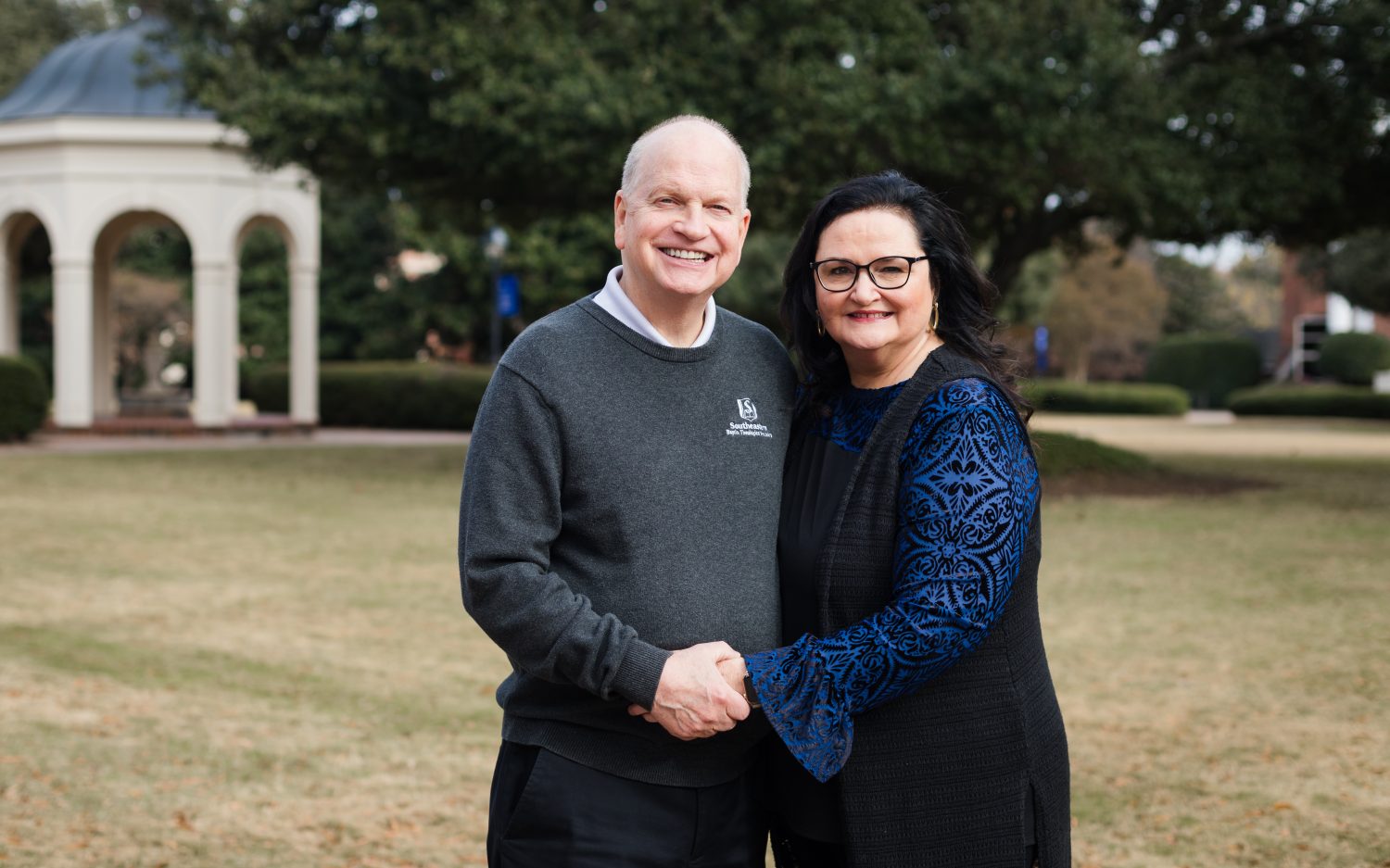Stroke patients walk again after adult stem cell treatment
Doctors astounded by improvement for patients in stroke therapy study
Once again scientists have demonstrated the potential for effective stem cell therapies that don’t require killing an embryo. Researchers at Stanford University recently tested the use of modified adult stem cells, harvested from donor bone marrow, to treat 18 stroke patients suffering from significant motor impairments.
The doctors injected the stem cells directly into several locations around the damaged brain areas. All of the patients were beyond the six-month recovery period, the time frame after which it is generally no longer possible to repair brain circuits. Some of the patients had suffered a stroke as many as three years ago.
The patients remained conscious throughout the procedure and went home the next day. Adverse effects such as headaches, nausea, and vomiting were temporary. Within a month, the patients showed substantial improvements in scores on several widely accepted tests of stroke recovery.
The research team was stunned by some of the patients’ unprecedented improvements, according to Gary Steinberg, a neurosurgeon and the study’s lead author. Seven of the patients showed dramatic improvements.
“Patients who were in wheelchairs are walking now,” Steinberg said. “At six months out from a stroke, you don’t expect to see any further recovery.”
The mechanism by which the stem cells help heal the brain remains unclear. The implanted cells do not appear to survive long. They begin to disappear after a month and are completely gone within two. Yet the patients continued to improve for several months after the surgery and still maintain those improvements, as long as two years later in some cases. Steinberg believes the stem cells likely secrete factors near the stroke site that stimulate lasting regeneration of nearby nerve tissue.
If this procedure can help scientists learn how to jump-start damaged brain circuits, according to Steinberg, it could revolutionize treatment, not just for stroke, but also for traumatic brain injury and neurodegenerative disorders.
“Though this was only a small study to treat stroke, the fact that all of the patients showed improvement, some so striking that it surprised the doctors, reinforces the need to pour greater resources into adult stem cell research,” said David Prentice, vice president and research director of the Charlotte Lozier Institute. “The results validate once again that adult stem cells—not embryonic stem cells or fetal tissue—are the gold standard for stem cell treatments.”
This study is just one of several showing the superiority of adult stem cell therapies, according to Prentice. In fact, he said, research with embryonic stem cells appears to be at a dead end. Very few embryonic stem cell therapies have been conducted in humans, and the few human trials completed have not demonstrated their effectiveness.
But many people—including physicians—don’t realize researchers are using adult stem cells with such good results, Prentice said. Doctors don’t have one source for information about treatment, and news about breakthroughs doesn’t spread quickly, he lamented.
Part of the confusion is that those who advocate the use of embryonic stem cells no longer refer to them by that term but simply use the generic term stem cells.
“There is no good, hard evidence that embryonic stem cells have worked, or may ever work, in a patient. But, there are over 1.5 million patients who have been treated with adult stem cells with great success,” Prentice said.
An actual newsletter worth subscribing to instead of just a collection of links. —Adam
Sign up to receive The Sift email newsletter each weekday morning for the latest headlines from WORLD’s breaking news team.





Please wait while we load the latest comments...
Comments
Please register, subscribe, or log in to comment on this article.